Yamaha SR400
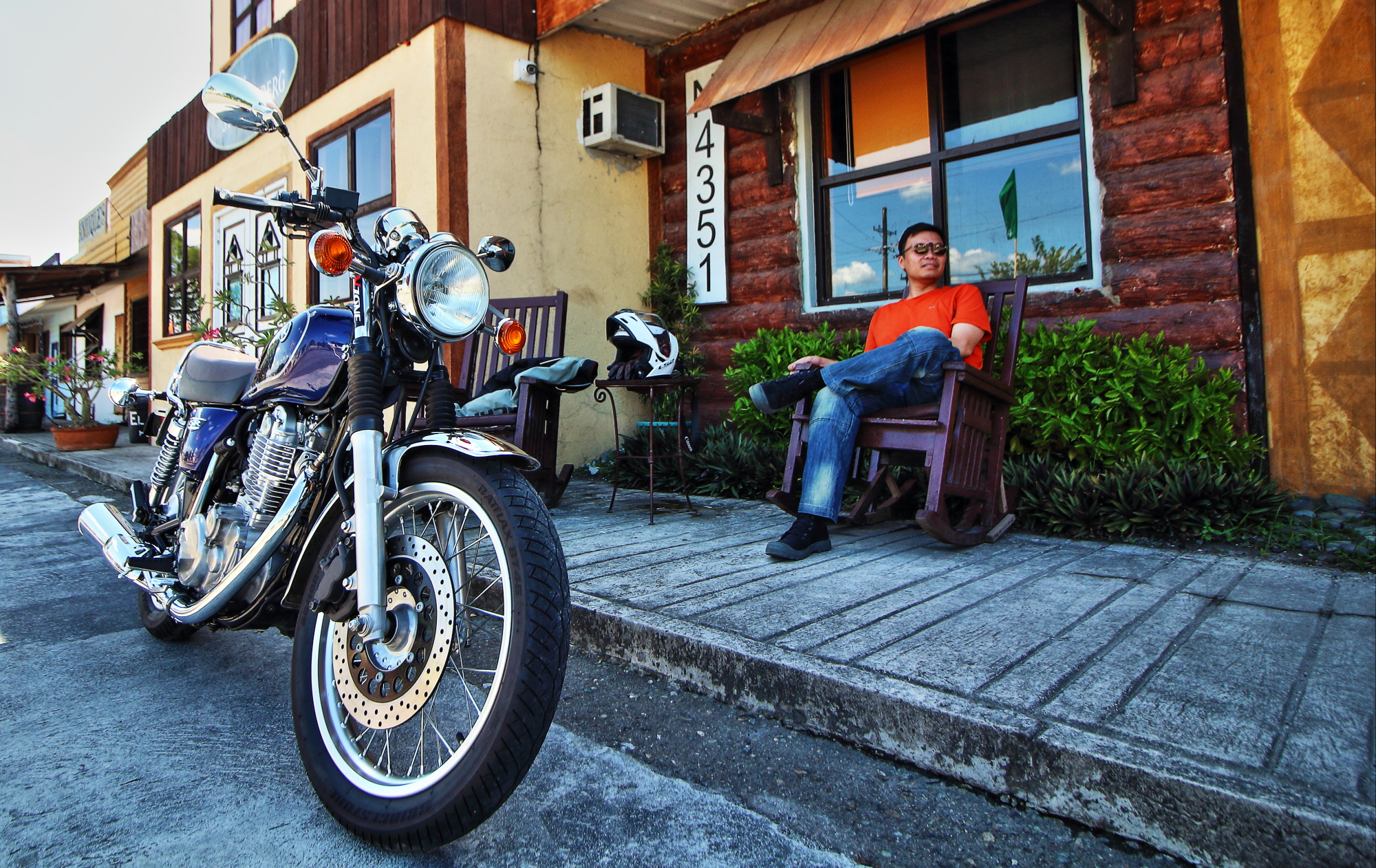
Define Perfection.
Does it mean having all the many things that you want at your disposal, or quite simply the absence of things that you don’t? Do you like milk and sugar in your tea or just a good old cup of plain brew? Would you prefer a machine with different sorts of gizmos and electronic nannies or would you rather have the Yamaha SR400 in your garage?
I am not as old as most people might think, just to put things in proper perspective. In fact, the SR400 and I have both started existence in 1978. While I’ve only began riding legally in the ’90s, I do appreciate the era of riding culture the SR400 represent. It was a time when things were simpler. Then, a standard motorcycle was an all-arounder. It is your Adventure Tourer, Race Bike and grocery getter.
The SR400, like the bikes in its era, has strait-forward mechanical features to allow for more saddle time and lessen hours spent in the garage for maintenance. It is fitted with a 399cc air-cooled single which produces 16.7 kw @ 6500 rpm and 27.4 Nm @ 3000 rpm. The engine displacement is rounded-off to 400cc upon registration so this makes the SR400 a tollway-legal head-turner.
More Photos here
While riding on North Luzon Expressway (NLEX), a car driver (red Pick-up, actually) on the adjacent lane made an effort of recording a video of me on the fly. He was probably endeared by the beautiful styling of my metal steed or he could also be thinking that a “kamote rider” is taking the NLEX on a sub-400cc bike, in which case makes him a “kamote driver” for pulling out his phone while behind the wheel. He could be forgiven, though, for thinking that the SR400 was a 125cc commuter because it does look like one given its compact dimensions. Actually, it is so narrow that it can lane-split effortlessly like a scooter.
Offering maximum torque at low range, the SR400 does make an ideal daily urban bike. Like most thumpers, there is no need to shift as often. It will happily chug along in low revs without stalling. Moreover, clutch pull is light and engagement is progressive so it is very easy for even novice riders to operate. If you do find yourself straddling a stalled SR400 on EDSA, do not cry over a non-existent electric starter. Keep calm and kick on. Traffic would probably be on a stand still anyway.
To kickstart the SR400, just pull the decompression lever, give the kick lever a little nudge until the metal indicator becomes visible through the sight glass located at the top portion of your engine block. Release the decompression lever then give it a kick. If done properly, you’ll almost always fire-up the engine with one go. Don’t fret. Think of it as foreplay.
On a lighter note (excuse the pun), The SR400 feels much lighter than its 174.2 kilogram weight. It is so flickable that finding your way out of a gridlock should be a breeze. Even with this, Yamaha did not scrimp on those nice shiny chrome parts. The fenders, headlight assembly and rear shocks are all metal chrome to give you that authentic classic vibe as opposed to the plasti-chrome fitted onto lesser retro bikes. 18-inch wire spoke rims also adds an elegant stance to its overall character.
Staying true to their Kando philosophy, the SR400 evokes a profound sense of pride in ownership with its beautifully sculpted tank and its paint finish, period-correct analog speedometer and tachometer, plus the two-tone, long, flat bench-type seat is not only easy on the eyes but it also lets you ease into a comfortable position regardless of size. Slide backward if you are tall and slide forward if you’re not.
The 785mm seat height will accommodate almost anyone and it is quite a comfy place to park your rear end. The telescopic front fork and the preload adjustible dual rear shocks keep the ride smooth and stable. The is a noticeable vibration, however, on the handle bar at around 70-80 KPH but it settles into a light soothing buzz as you approach three-digit speeds.
No fuel gauge? No problem! Just peek into the tank and give it a little shake. You do get an indicator that lights up when you’re running low on gas. A 180-pound, throttle-happy rider like me was able to clock in 250.5 kilometers before the indicator lit up. I managed 20 kilometers more before the fear of getting heckled while pushing a dead bike took over. There was still some gas sloshing around in the tank but I wasn’t feeling particularly lucky. By my conservative estimate I got about 26-32 kilometers on a liter.
At P329,000 you’d expect ABS, and you’d be wrong. With the SR400, you are buying heritage and exclusivity. The front disc and rear drum brakes works smoothly and it would take much effort to lock up the wheels anyway. It may not look it but another surpising fact is that this is equipped with fuel-injection system. There is also a mysterious black cylindrical apparatus attached at the bottom of the frame. According to Christian of the service department at Yamaha’s flagship shop, Yzone, its function is to keep emission at Euro standards and also to prevent gasoline fumes from escaping the tank, thereby avoiding accidental combustion. When asked what it’s called, he replied “the canister”.
Yes, you can have other motorcycles in the market with more attractive specs at the same price point but would you prefer to carry around full tool box or just have a nice reliable swiss army knife in your pocket? If you really want something and you can afford it, does the price really matter? The SR400 could be viewed as one of those half empty/half full dilemmas but as far beverages go, this bike is my cup of tea. It has all that I want and nothing I don’t.
Perfection, defined.
by: Gilbert Chao




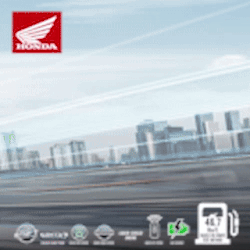

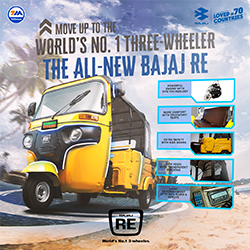

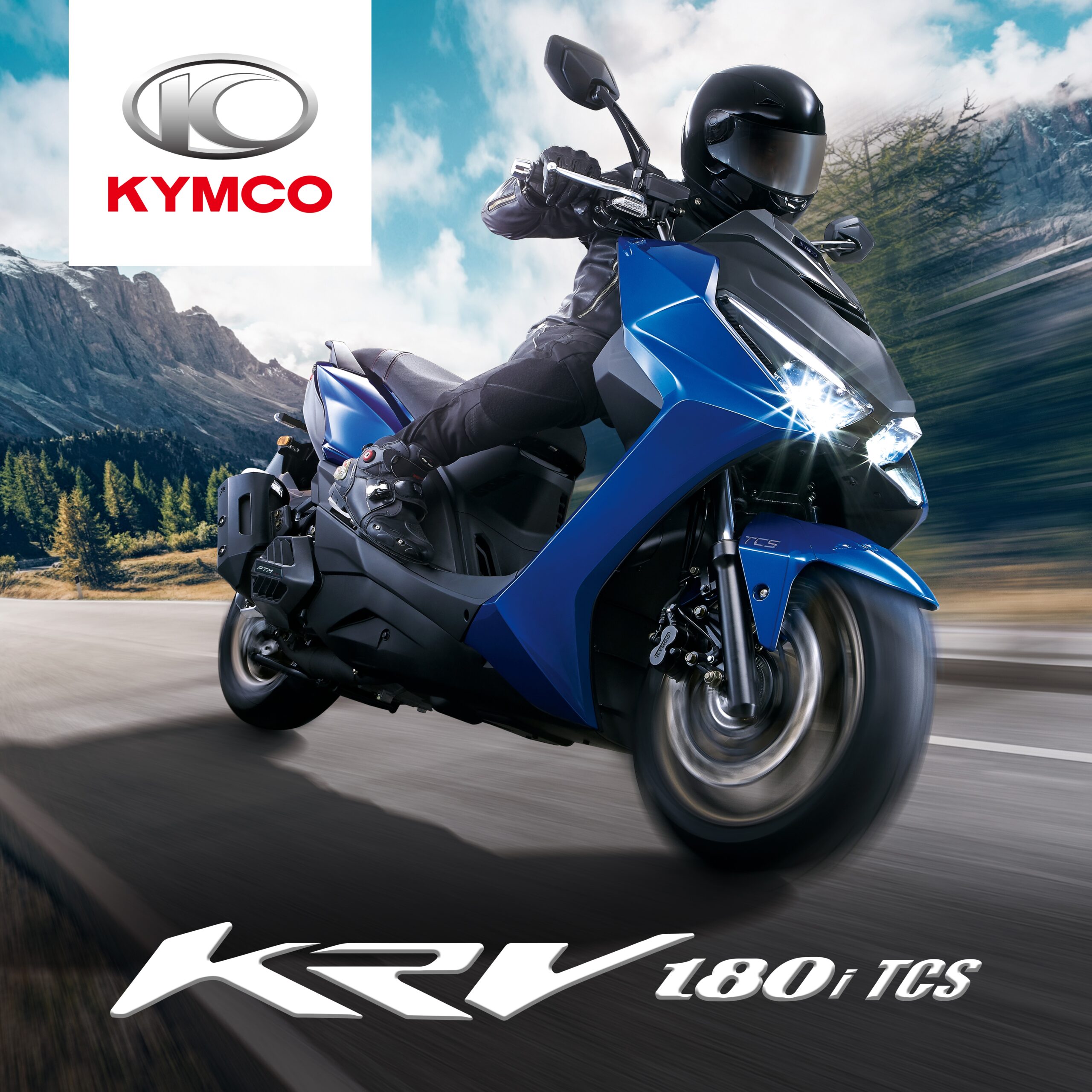
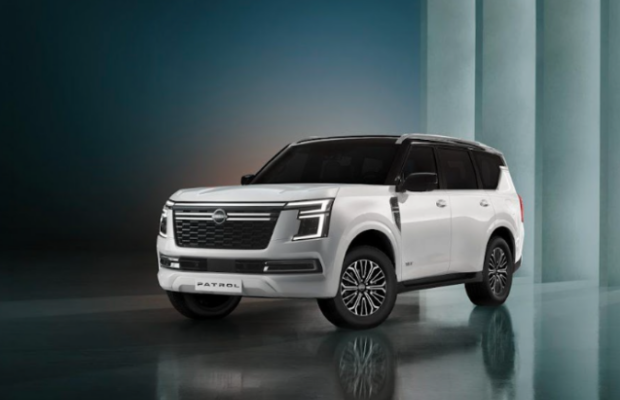


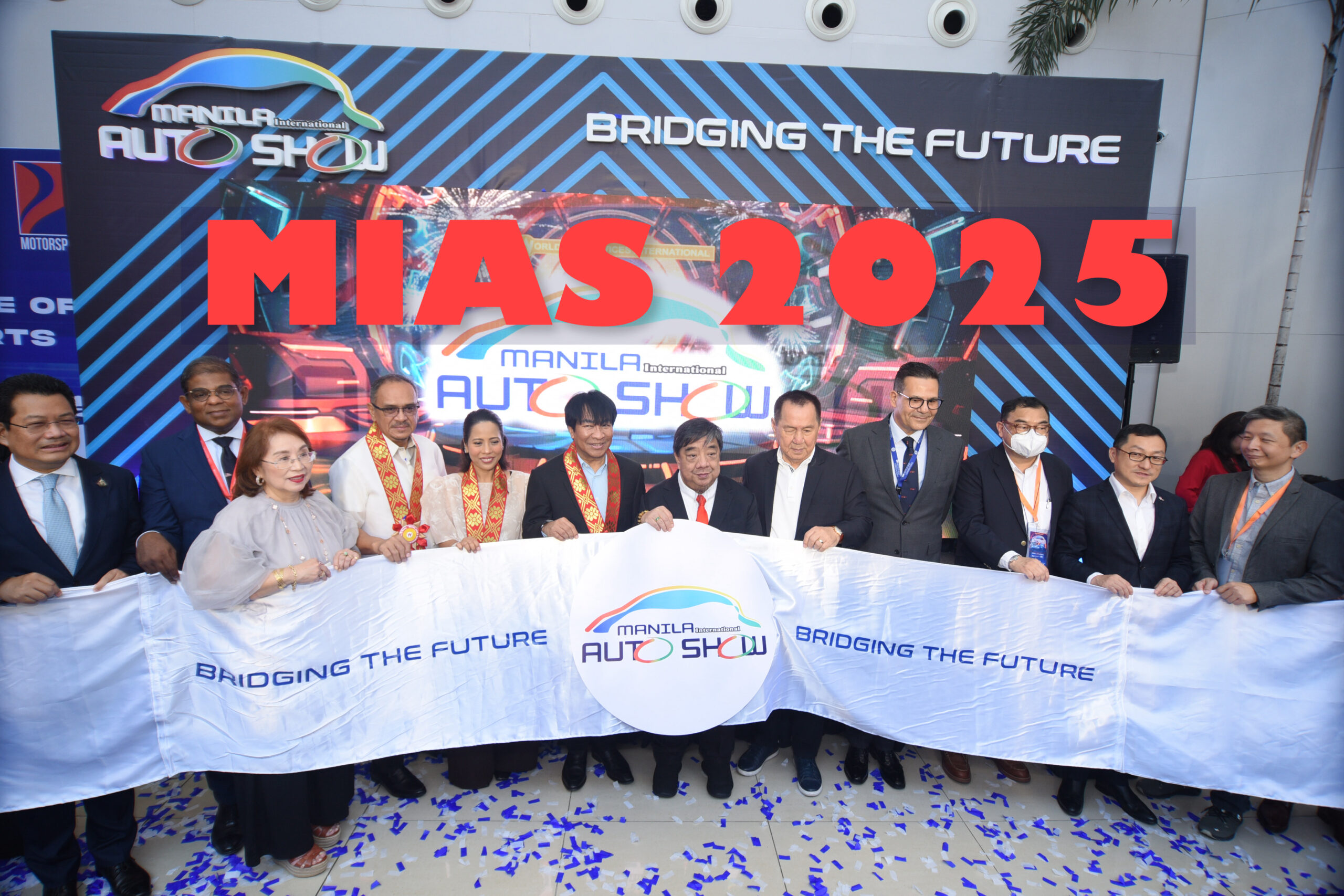




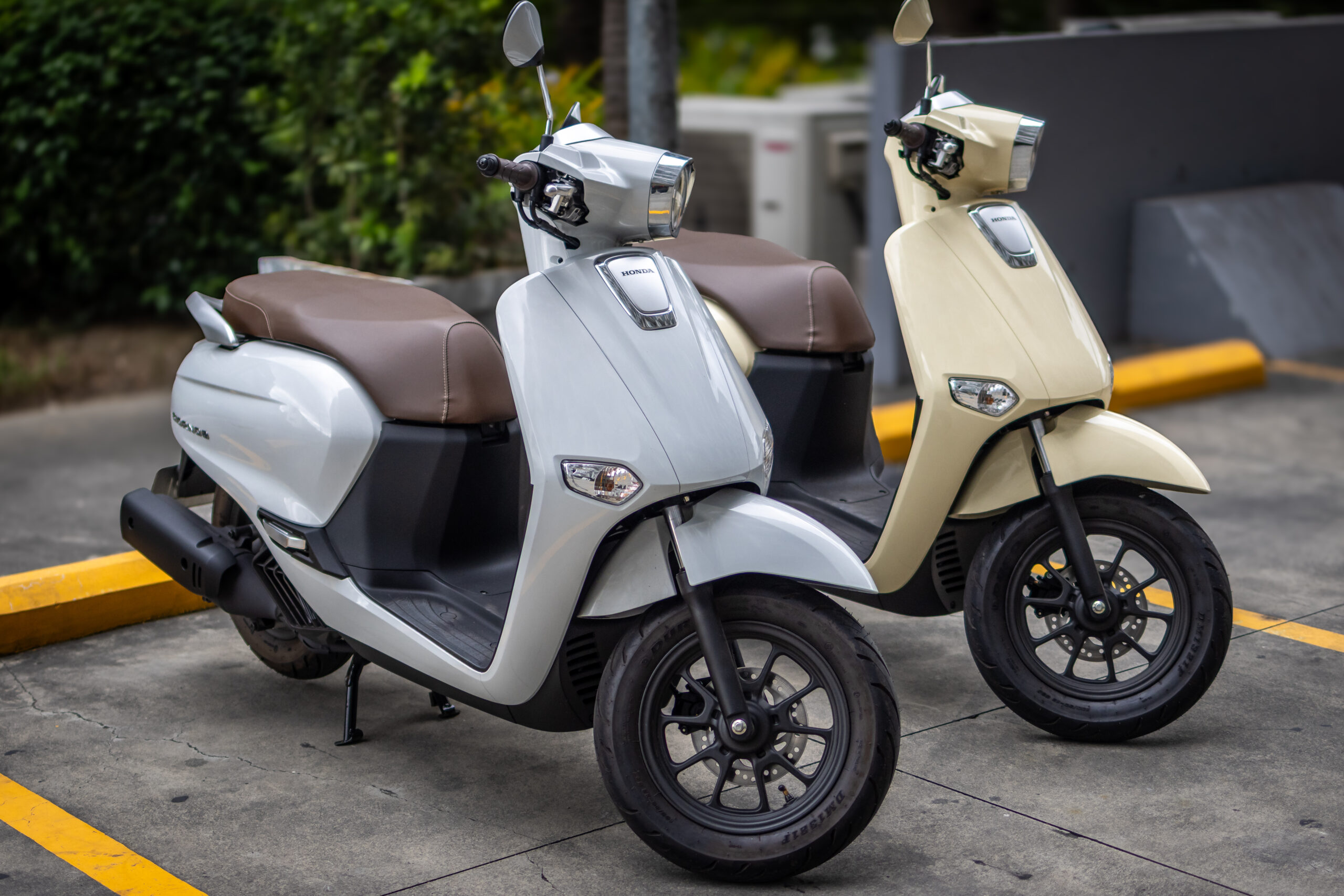





0 comments